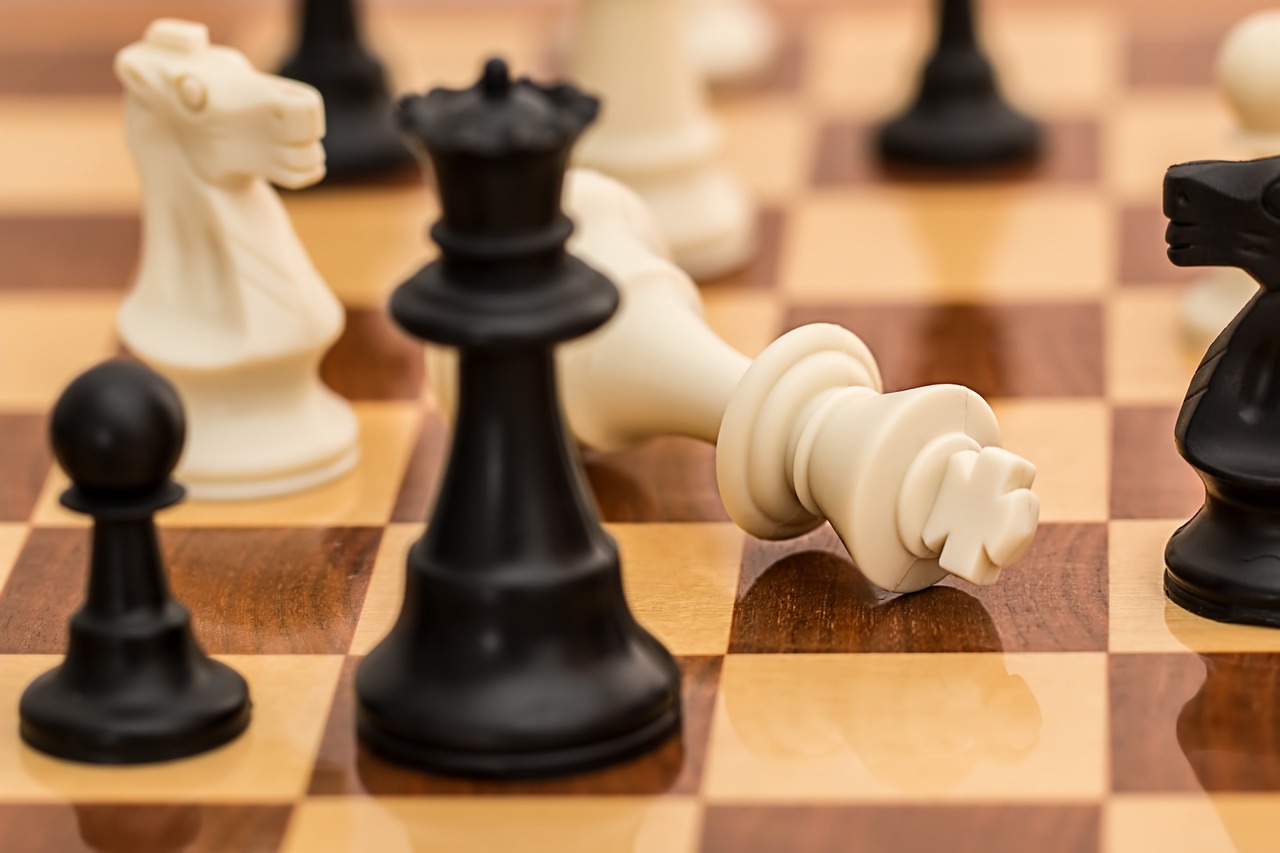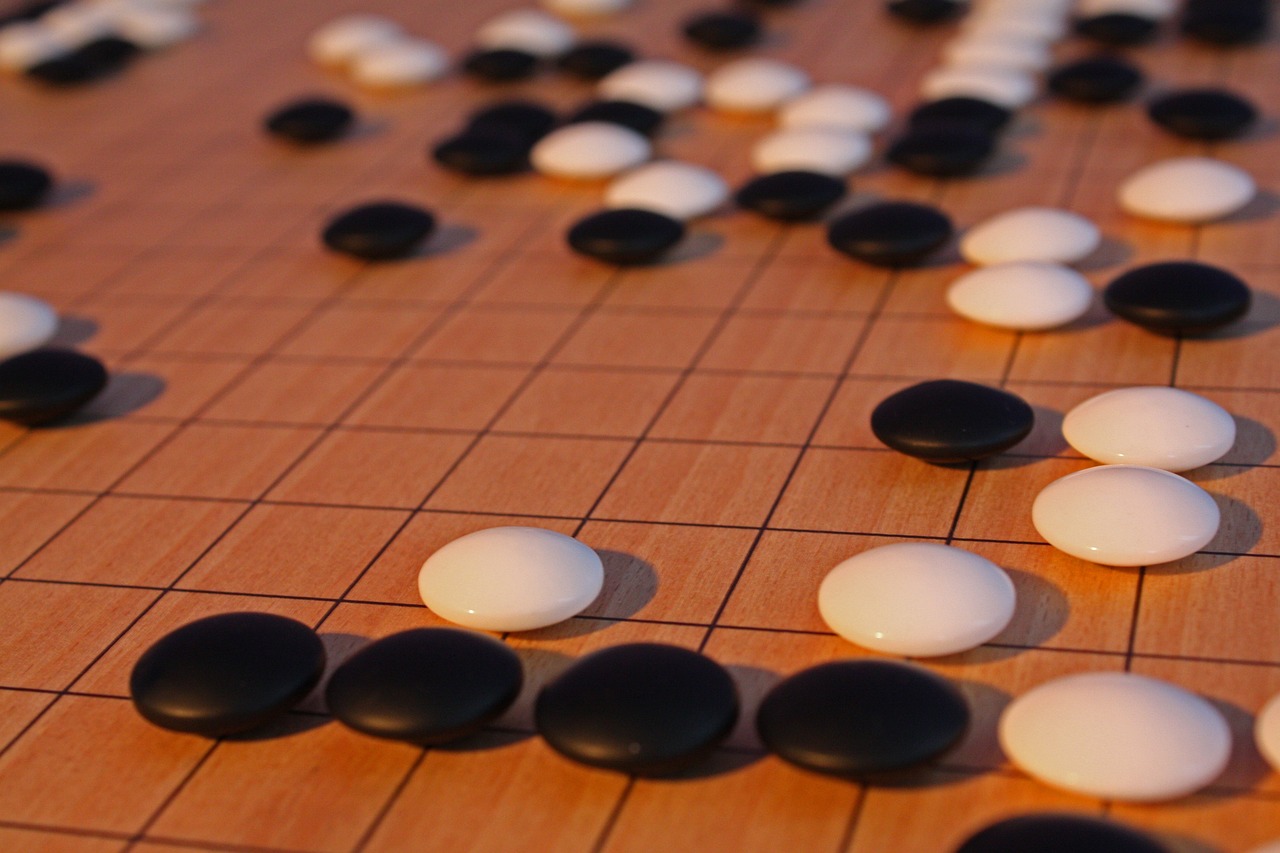Baduk (Go) and chess are both abstract strategy board games that have a long history and a large following. However, they differ in many aspects, such as the size and shape of the board, the number and type of pieces, the rules and objectives, and the style and complexity of play.

Some possible ways to compare the difficulty and interest of the two games are:
- The number of possible moves: Baduk has a much larger board (19×19) than chess (8×8), and each point on the board can be a potential move, whereas chess pieces have limited movement patterns. This means that Baduk has a much higher branching factor (the average number of possible moves per position) than chess. According to some estimates, Baduk has a branching factor of about 250, while chess has about 35. This implies that Baduk is more difficult to calculate and requires more intuition and judgment, while chess is more amenable to logic and analysis.
- The number of possible games: Baduk also has a much larger game tree complexity (the total number of possible games) than chess. According to some estimates, Baduk has a game tree complexity of about 10^170, while chess has about 10^120. This means that Baduk has more diversity and variety than chess, and that it is less likely to be solved by computers or humans.
- The balance of strategy and tactics: Baduk is often considered to be more strategic than chess, because it involves more long-term planning, global vision, and trade-offs. Chess is often considered to be more tactical than Baduk, because it involves more short-term calculation, local interaction, and checkmate threats. This means that Baduk and chess appeal to different types of players and skills, and that both games have their own challenges and charms.
- The role of artificial intelligence: Baduk and chess have both been the subject of intense research and development by artificial intelligence (AI) programs. In recent years, AI programs have surpassed human players in both games, achieving superhuman performance and creating new insights and innovations. However, Baduk was considered to be a harder challenge for AI than chess, because of its higher complexity and subtlety. It took longer for AI to master Baduk than chess, and it required more advanced techniques such as deep learning and reinforcement learning. This means that Baduk and chess have both been influenced by AI, but in different ways and degrees.
Ultimately, which game is harder or more interesting depends on personal preference and perspective. Both games have their own merits and drawbacks, and both games can provide enjoyment and education for players of all levels.
Facebook Comments


































